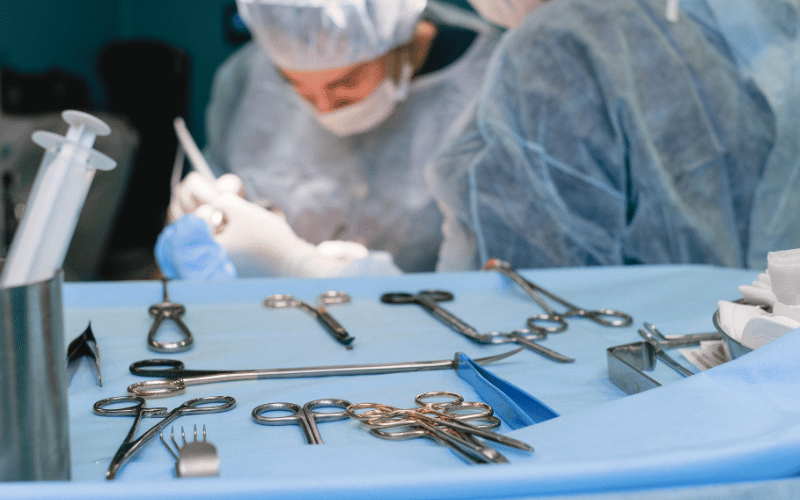Fact 13: Not Everyone Post-Surgery Will Experience It

While weight-loss surgeries, like gastric bypass or gastrectomy, increase the risk of developing dumping syndrome, it’s essential to understand that not every post-operative patient will experience it. These surgeries involve altering the stomach’s size or rerouting its path, making rapid gastric emptying more likely. But the manifestation of dumping syndrome varies widely among individuals.
Though exact figures can differ depending on the study and population, it’s generally estimated that around 25% to 50% of gastric surgery patients might experience some form of dumping syndrome. This range underscores the variability and the need for personalized post-operative care.
Several factors can influence the onset of dumping syndrome post-surgery. The surgical technique employed, the individual’s anatomy, and post-operative dietary habits all play a role. Consuming high-sugar or high-fat foods shortly after surgery might increase the likelihood of symptoms. Conversely, strict adherence to post-operative dietary guidelines can help mitigate the risk.
Over time, some post-surgical patients develop adaptive mechanisms that reduce the occurrence or severity of dumping syndrome. The body, in its incredible capacity to adjust, can sometimes find new equilibriums or processes that lessen the rapid emptying of the stomach, even after surgical alterations.
For those undergoing gastric surgeries, awareness is the first line of defense against dumping syndrome. Being informed, adhering to dietary recommendations, and regular monitoring can help detect, manage, or even prevent the onset of this condition in the post-operative phase. (13)